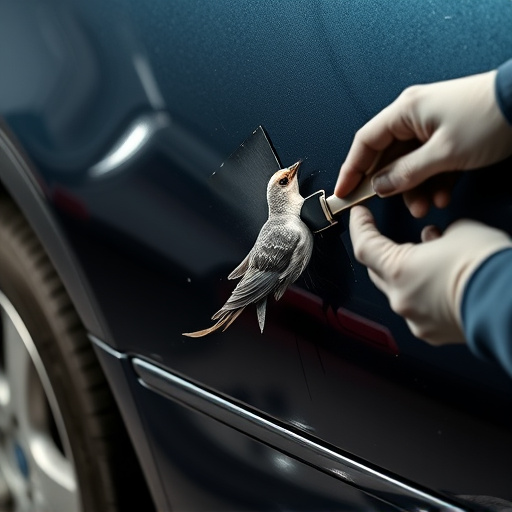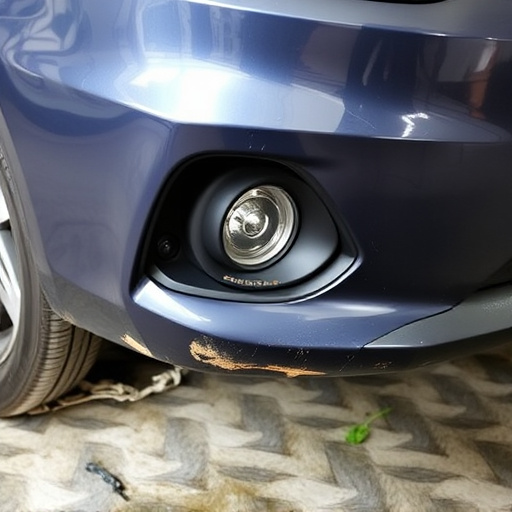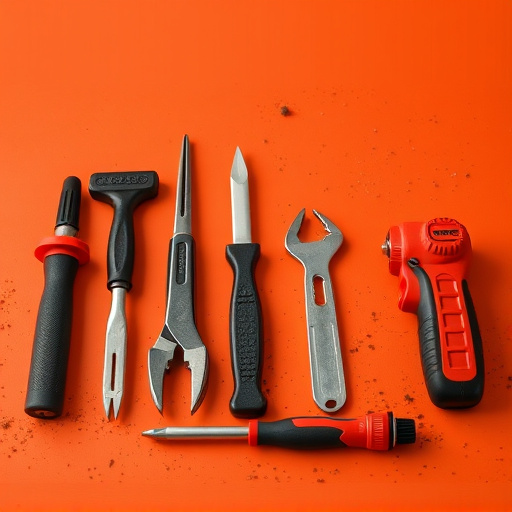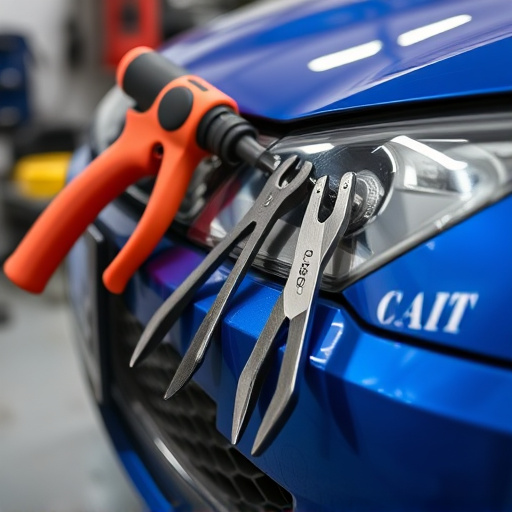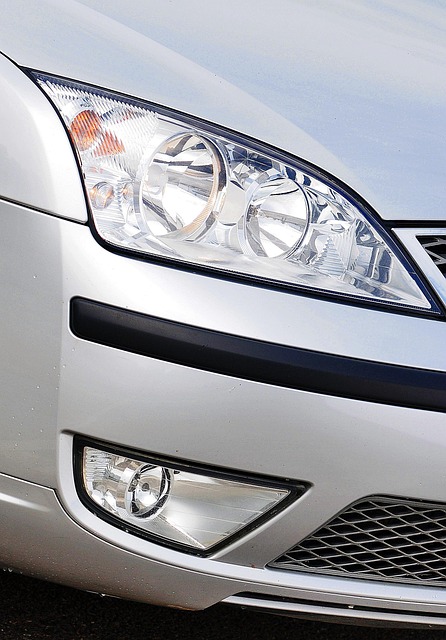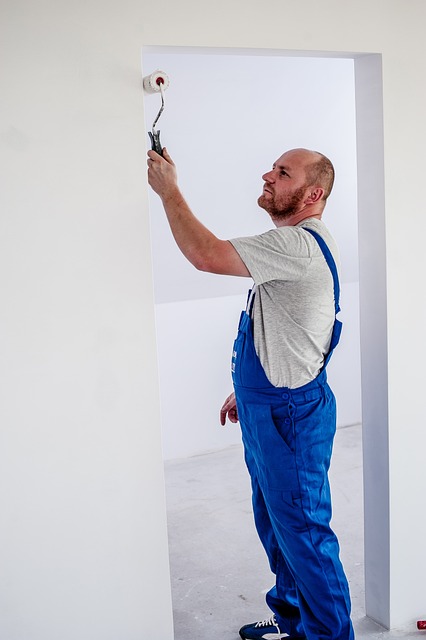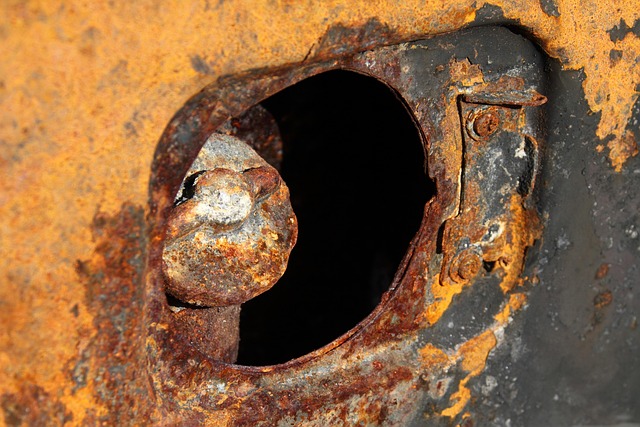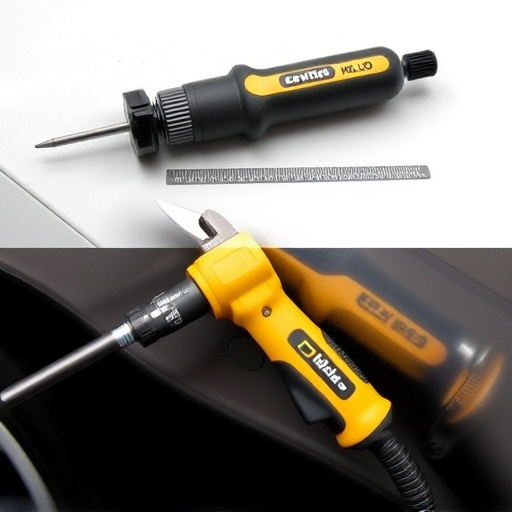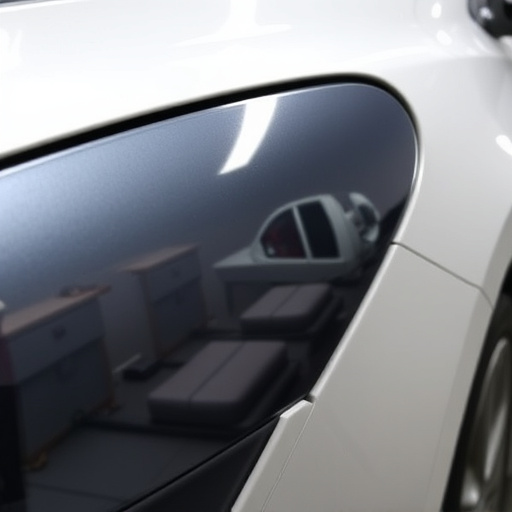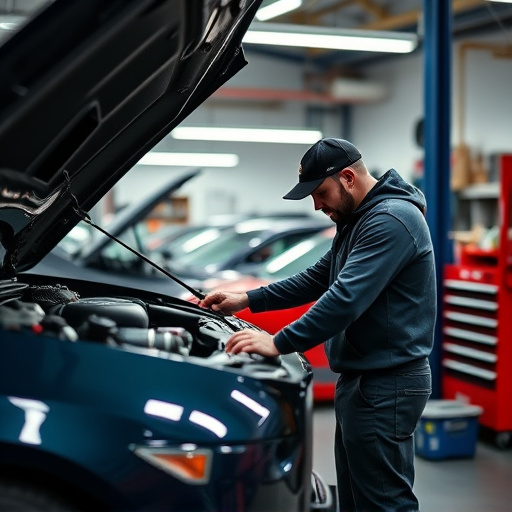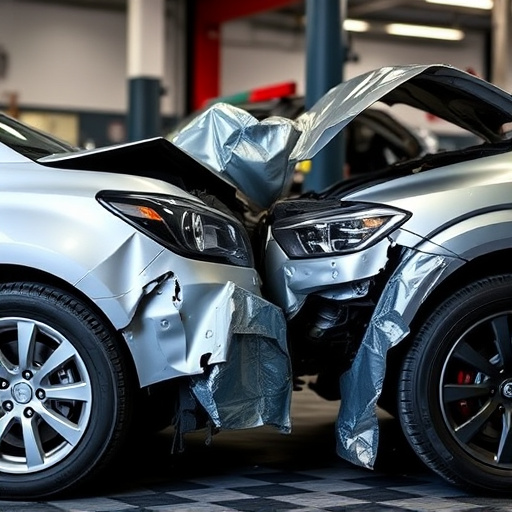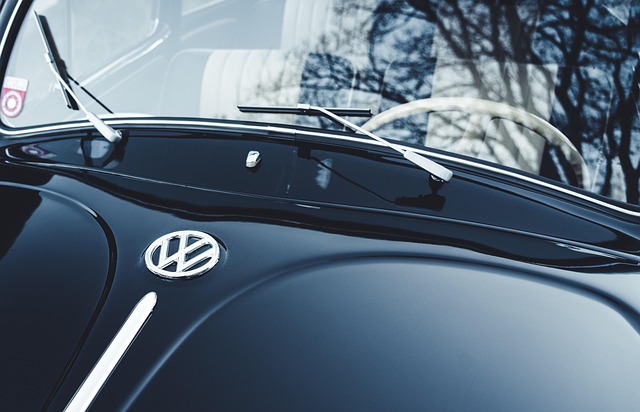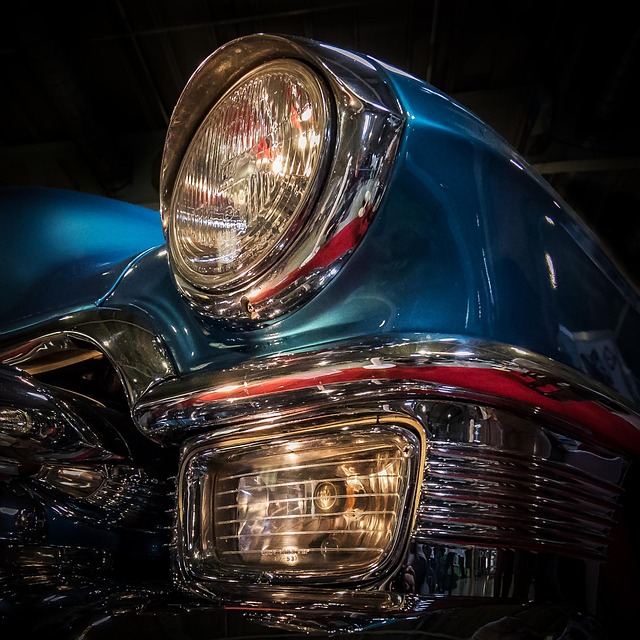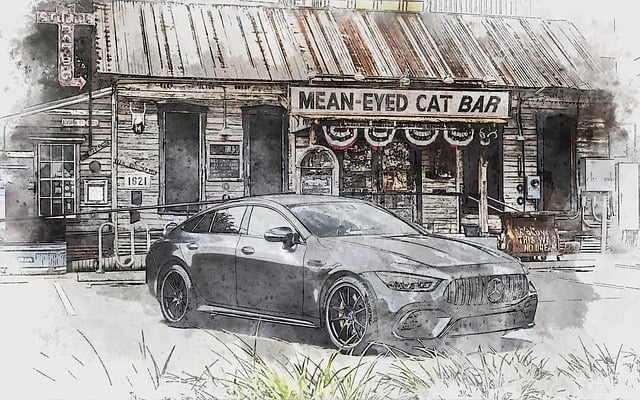Adopting waterborne paint technology in auto body repair boosts efficiency, product quality, and aligns with environmental standards by reducing VOCs, improving hiding power, and offering versatile application on diverse substrates. Implementing this technology enhances workshop efficiency, reduces odours, expedites turnaround times, and appeals to environmentally conscious customers. It leads to better business performance, customer satisfaction, cost savings, and stronger loyalty through superior repair results and minimal odour impact.
Waterborne paint technology is transforming the automotive industry, offering shops a competitive edge. This innovative approach not only enhances painting efficiency but also delivers superior finishes and improved environmental sustainability. Understanding the advantages of waterborne paints can significantly impact your shop’s success. From reduced drying times to enhanced durability, this technology streamlines operations and boosts customer satisfaction. Discover how to implement it and measure its positive business impact.
- Understanding Waterborne Paint Advantages for Your Shop
- Implementing Waterborne Paints: A Step-by-Step Guide
- Measuring Success: The Impact on Your Business and Customers
Understanding Waterborne Paint Advantages for Your Shop
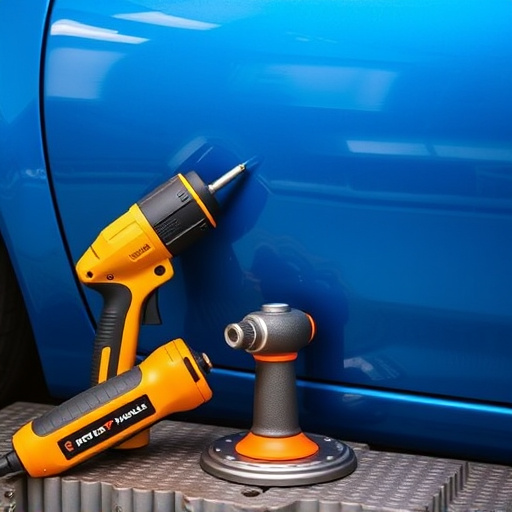
Adopting waterborne paint technology can significantly enhance your shop’s efficiency and product quality in the auto body repair and automotive restoration sectors. Waterborne paints offer a range of advantages over traditional solutions, catering to today’s environmental and industry standards. Firstly, these advanced paints are more environmentally friendly due to their lower volatile organic compound (VOC) content, which reduces air pollution and contributes to better indoor air quality during application. This is particularly relevant in the case of Mercedes-Benz collision repair, where precision and sustainability go hand in hand.
Moreover, waterborne paint technology provides excellent hiding power, allowing for quicker drying times and reduced cure temperatures. For auto body repair professionals, this means faster turnaround times and more efficient workshops. The versatility of these paints is another key benefit; they can be used on various substrates, including metal and plastic, making them suitable for diverse automotive restoration projects.
Implementing Waterborne Paints: A Step-by-Step Guide
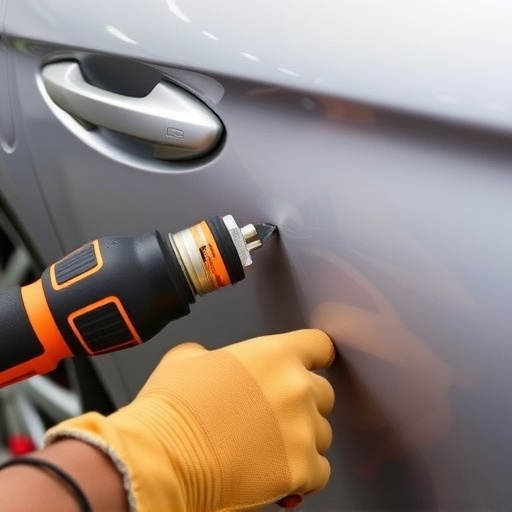
Implementing Waterborne Paints: A Step-by-Step Guide
For your shop’s success in modern auto body repair and car damage repair services, transitioning to waterborne paint technology is a strategic move. This step-by-step guide outlines how to effectively integrate this innovative solution into your workflow. Start by assessing your current equipment and materials; many traditional tools can be adapted for waterborne paints with minimal modifications. Ensure proper ventilation in your workshop area as these paints dry differently than their solvent-based counterparts, offering a safer working environment during the car scratch repair process.
Next, invest in high-quality waterborne paint products specifically designed for auto body repair. Follow manufacturer instructions for mixing and application techniques, leveraging the benefits of reduced odor, faster drying times, and improved coverage. As you transition, consider training your staff on these new paints to maximize efficiency during auto body repair tasks. This technology not only enhances the quality of repairs but also reduces environmental impact, making it a sustainable choice in today’s market for car damage repair services.
Measuring Success: The Impact on Your Business and Customers
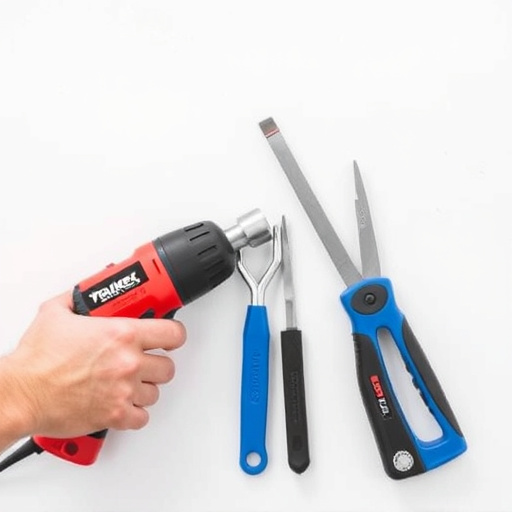
Measuring success in an automotive body shop goes beyond just the number of cars serviced; it’s about the impact and value brought to both business and customers. Adopting waterborne paint technology, for instance, can significantly enhance your shop’s performance and customer satisfaction. This advanced system reduces volatile organic compounds (VOCs) and offers superior colour accuracy, faster drying times, and improved durability compared to traditional paints.
The benefits extend to your bottom line; waterborne paint technology can lower operational costs due to its efficiency in application and reduced need for specialized equipment. Customers, too, benefit from minimal odours during service, quick turnaround times, and cars that look as good as new. This higher level of satisfaction translates into stronger customer loyalty and referrals, ultimately driving your business’s success in the competitive automotive repair market, including areas like paintless dent repair.
Waterborne paint technology offers a transformative opportunity for shops to enhance productivity, improve environmental sustainability, and deliver superior customer experiences. By understanding its advantages, following a structured implementation guide, and measuring key impacts, businesses can unlock significant benefits that drive success in today’s competitive market. This innovative approach not only revolutionizes painting processes but also sets shops apart as eco-conscious leaders, appealing to environmentally conscious consumers.
